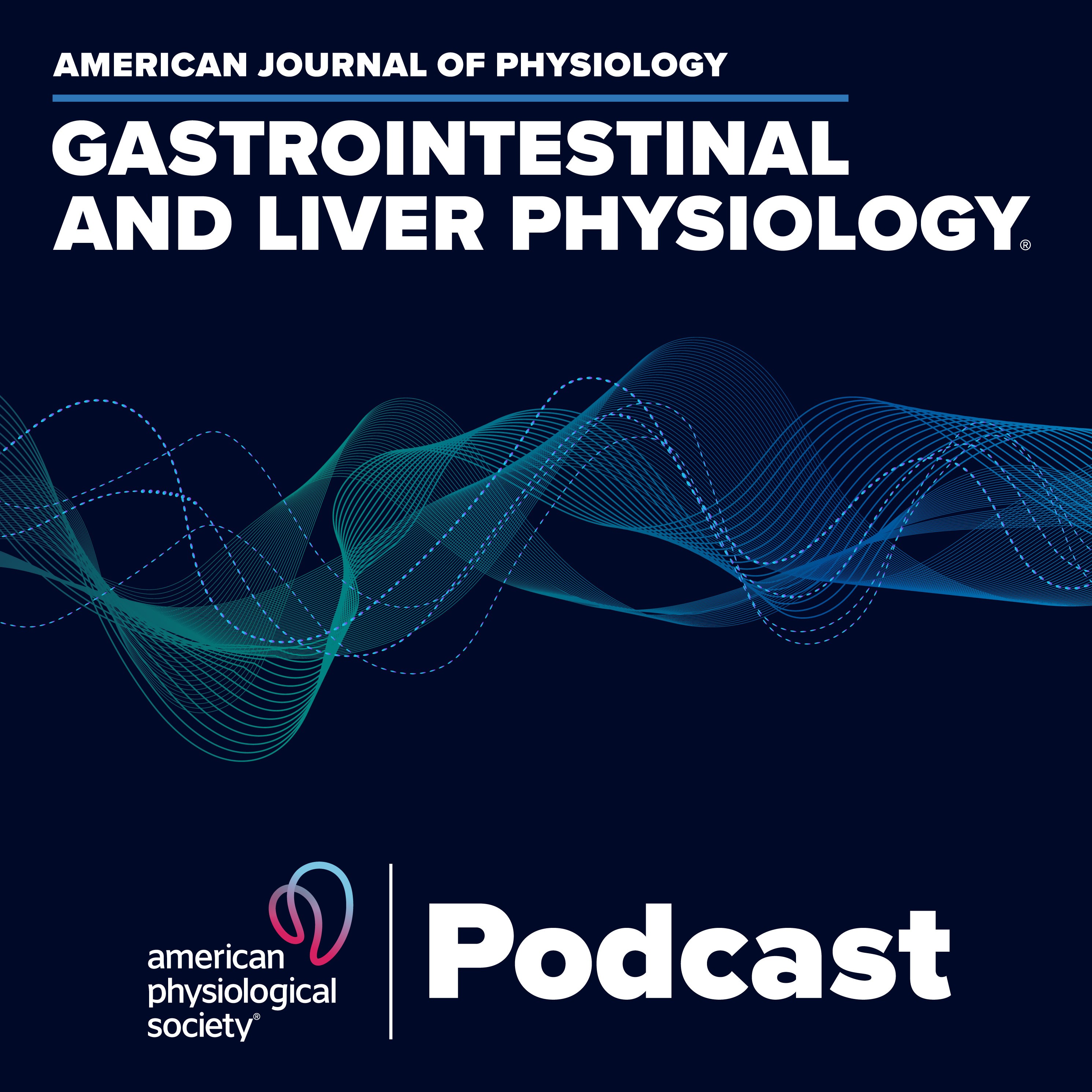
Episodes
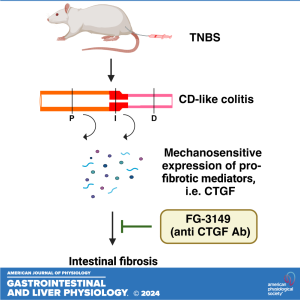
Friday Aug 23, 2024
Friday Aug 23, 2024
In this episode of "Gut Guts" coauthor Xuan-Zheng Shi discusses new research on intestinal fibrosis in Crohn’s-like colitis. The study found that mechanical stress causes a protein called CTGF to increase, leading to fibrosis. In a rat model, easing the mechanical stress reduced connective tissue growth factor (CTGF) and lessened fibrosis. This suggests that mechanical stress may be important in causing fibrosis in Crohn’s disease.
Article Citation:
American Journal of Physiology-Gastrointestinal and Liver Physiology 2024 327:2, G295-G305
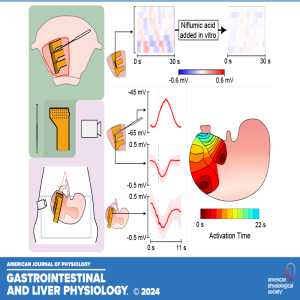
Wednesday Aug 14, 2024
"Got Guts" The Micro Version: Characterization of Rat Gastric Slow Wave Activity
Wednesday Aug 14, 2024
Wednesday Aug 14, 2024
Tune in to our latest podcast episode where Peng Du, Omkar N. Athavale, and Madeleine R. Di Natale dive into the fascinating world of gastric slow-wave conduction. They discuss their recent article titled "Mapping the rat gastric slow-wave conduction pathway: bridging in vitro and in vivo methods, revealing a loosely coupled region in the distal stomach" revealing regional variations in the organization of rat gastric slow waves. Don't miss this intriguing discussion bridging in vitro and in vivo methods!
Mapping of rat gastric slow waves showed regional variations in their organization. In some subjects, separate wavefronts propagated near the lesser and greater curvatures with a loosely coupled region near the midline, between the wavefronts, having a varying slow-wave origin. Furthermore, simultaneous intracellular and extracellular recordings were concordant and independent of movement artifacts, indicating that extracellular recordings can be interpreted in terms of their intracellular counterparts when intracellular recording is not possible.
Article Citation:
American Journal of Physiology-Gastrointestinal and Liver Physiology 2024 327:2, G254-G266
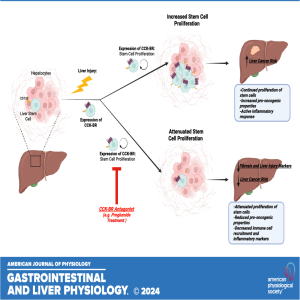
Friday Jun 21, 2024
Friday Jun 21, 2024
In this episode of "Got Guts" The Micro Version, Jill P. Smith highlights the recently published research titled "Implicating the cholecystokinin B receptor in liver stem cell oncogenesis." This investigation identified a novel pathway involving the activation of hepatic stem cells and liver oncogenesis. Receptor blockade or genetic disruption of the cholecystokinin-B receptor (CCK-BR) signaling pathway decreased the activation and proliferation of hepatic stem cells after liver injury without eliminating the regenerative capacity of healthy hepatocytes.
Article Citation:
American Journal of Physiology-Gastrointestinal and Liver Physiology 2024 326:3, G291-G309
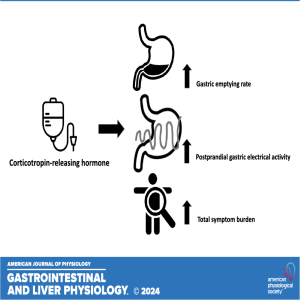
Friday Jun 07, 2024
Friday Jun 07, 2024
In this podcast, I-Hsuan Huang highlights the recently published paper titled "Effects of corticotropin-releasing hormone on gastric electrical activity and sensorimotor function in healthy volunteers: a double-blinded crossover study." The aim of this research was to investigate the effects of peripheral corticotropin-releasing hormone infusion on meal-related gastrointestinal symptoms, gastric electrical activity, and gastric sensorimotor function in healthy volunteers (HVs).
NEW & NOTEWORTHY In healthy volunteers, peripheral corticotropin-releasing hormone (CRH) infusion accelerates gastric-emptying rate and increases postprandial gastric response, accompanied by a rise in symptoms, but does not alter gastric sensitivity or meal-induced accommodation. These findings underscore a significant link between stress and dyspeptic symptoms, with CRH playing a pivotal role in mediating these effects.
Article Citation:
American Journal of Physiology-Gastrointestinal and Liver Physiology 2024 326:5, G622-G630
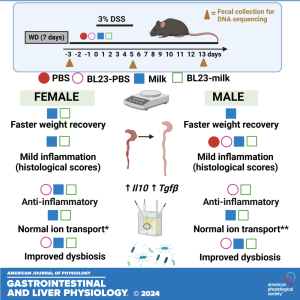
Friday May 24, 2024
Friday May 24, 2024
Coauthors Mélanie G. Gareau and Maria L. Marco delve into the findings of their latest research titled "Milk and Lacticaseibacillus paracasei BL23 effects on intestinal responses in a murine model of colitis." This study marked the first exploration into sex-dependent responses to probiotic Lacticaseibacillus paracasei and milk, as well as the potential of the dairy matrix to enhance probiotic protection against colitis. Surprisingly, female mice exhibited greater sensitivity to colonic injury compared to their male counterparts, and neither treatment effectively mitigated inflammation in both sexes. These sex-specific reactions may be attributed to variances in the baseline proportions of Akkermansia in the gut microbiome of female mice, shedding light on the intricate interplay between sex, diet, probiotics, and colitis outcomes.
Article Citation:
American Journal of Physiology-Gastrointestinal and Liver Physiology 2024 326:6, G659-G675
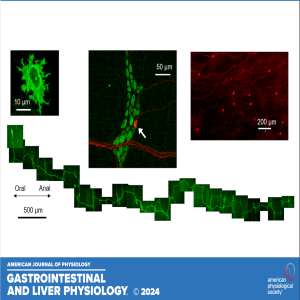
Monday May 13, 2024
Monday May 13, 2024
In this episode, Jia Liu and Bin Feng highlight the recently published research titled "Morphological, molecular, and functional characterization of mouse glutamatergic myenteric neurons." In this research, the authors reveal that VGLUT2-positive enteric neurons (EN), although constituting a small fraction of total EN, are homogeneously expressed in the myenteric ganglia, with a slight concentration at the intermediate region between the colon and rectum. Through anatomic, molecular, and functional analyses, we demonstrated that VGLUT2-ENs are activated indirectly by noxious circumferential colorectal stretch via nicotinic cholinergic transmission, suggesting their participation in mechanical visceral nociception.
Article Citation:
American Journal of Physiology-Gastrointestinal and Liver Physiology 2024 326:3, G279-G290
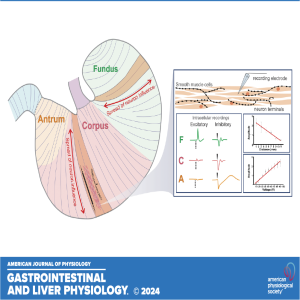
Monday Mar 04, 2024
”Got Guts” The Micro Version: Gastric Neuromuscular Transmission
Monday Mar 04, 2024
Monday Mar 04, 2024
In this episode of the Got Guts podcast series Madeleine R. Di Natale of the University of Melbourne discusses the recently published manuscript titled "Characterization of neuromuscular transmission and projections of muscle motor neurons in the rat stomach." This study provides a detailed mapping of nerve transmission to the circular muscle of the different anatomical regions of rat stomach. It shows that excitatory and inhibitory influences extend around the gastric circumference and that there is a summation of neural influence that allows for finely graded control of muscle tension and length. Nerve-mediated electrical events are qualitatively and quantitatively different between regions, for example, excitatory neurons have direct effects on fundus but not antral muscle.
Article Citation:
American Journal of Physiology-Gastrointestinal and Liver Physiology 2024 326:1, G78-G93
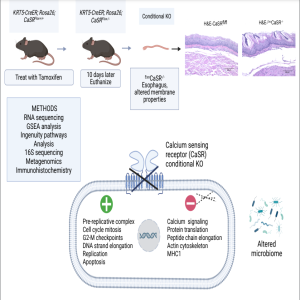
Friday Feb 23, 2024
Friday Feb 23, 2024
In this episode of the Got Guts Podcast series, Solange M. Abdulnour-Nakhoul of Tulane University, discusses the recently published manuscript titled "Alterations in gene expression and microbiome composition upon calcium sensing receptor deletion in the mouse esophagus." In this research Abdulnour-Nakhoul et al. highlight why calcium sensing receptor plays a significant role in maintaining the barrier function of esophageal epithelium.
Article Citation:
American Journal of Physiology-Gastrointestinal and Liver Physiology 0 0:0
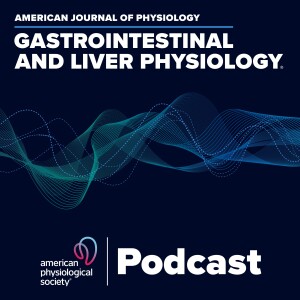
Friday Feb 16, 2024
Friday Feb 16, 2024
Listen as Editor in Chief of AJPGI and Liver Physiology, Mark Frey and the Chair of the Gastrointestinal & Liver Section, Pradeep Dudeja discuss what they are looking forward at the 2024 American Physiology Summit, April 4-7th.
Registration Deadline for American Physiology Summit is March 11, 2024.
Click here for more info on the American Journal of Physiology Gastrointestinal and Liver Physiology
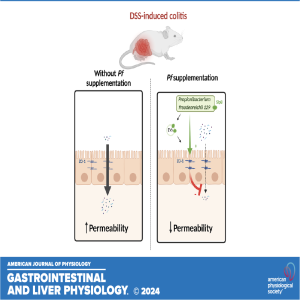
Thursday Feb 08, 2024
”Got Guts” The Micro Version: Pf Inhibits Inflammation-Induced Epithelial Break-Down
Thursday Feb 08, 2024
Thursday Feb 08, 2024
In this episode Marine Mantel of Nantes Université discusses the recently published research in AJP-GI and Liver Physiology titled "Propionibacterium freudenreichii CIRM-BIA 129 mitigates colitis through S layer protein B-dependent epithelial strengthening."
NEW & NOTEWORTHY Propionibacterium freudenreichii reduces dextran sodium sulfate (DSS)-induced intestinal permeability in vivo. P. freudenreichii does not inhibit inflammation but damages linked to inflammation. P. freudenreichii inhibits intestinal epithelial breakdown through S-layer protein B. The protective effects of P. freudenreichii depend on S-layer protein B. Extracellular vesicles from P. freudenreichii CB 129 mimic the protective effect of the probiotic.
Article Citation:
Marine Mantel, Tony Durand, Anne Bessard, Ségolène Pernet, Julie Beaudeau, Juliana Guimaraes-Laguna, Marie-Bernadette Maillard, Eric Guédon, Michel Neunlist, Yves Le Loir, Gwénaël Jan, and Malvyne Rolli-Derkinderen
American Journal of Physiology-Gastrointestinal and Liver Physiology 2024 326:2, G163-G175
